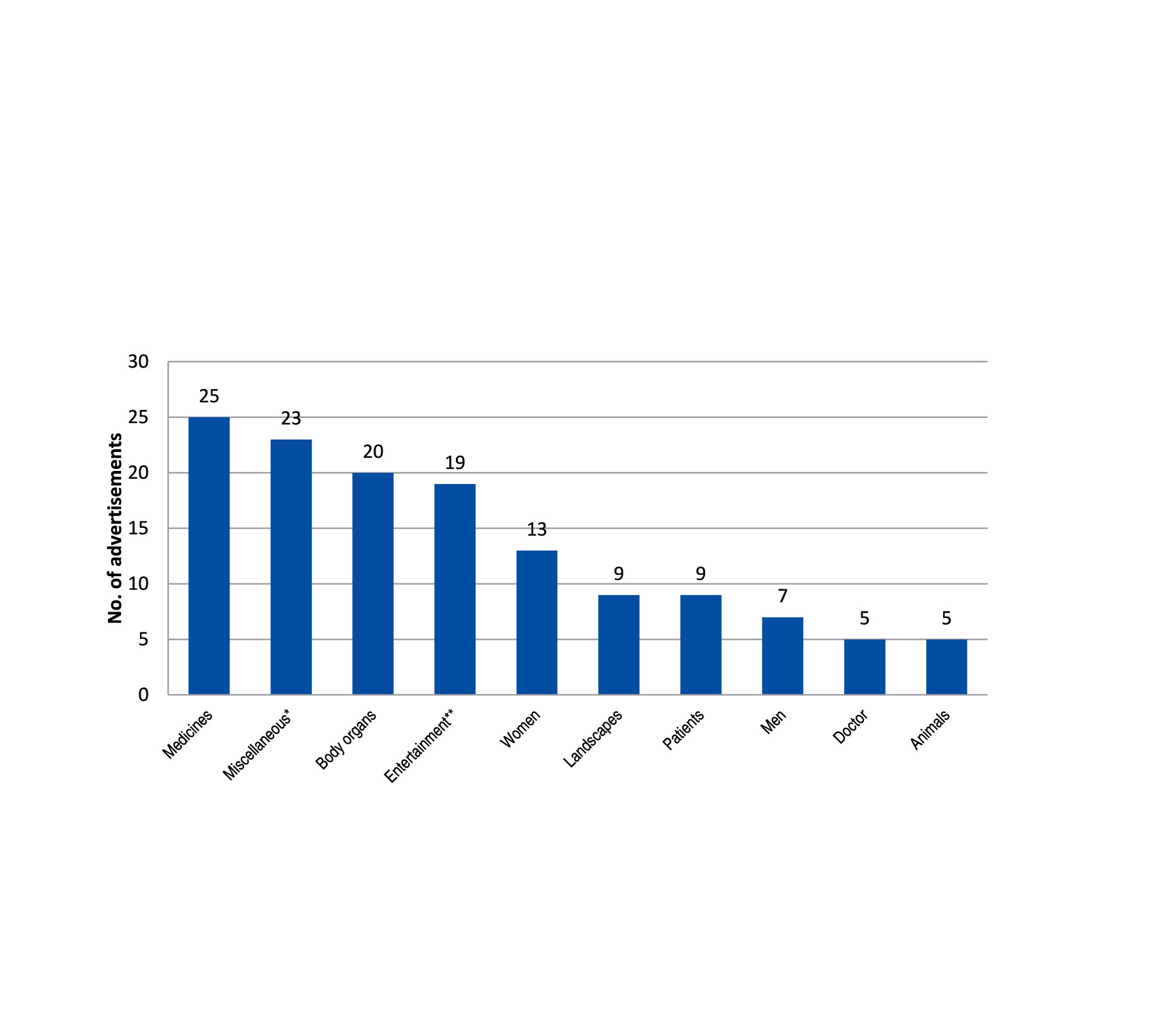Shaveta Kaushal, MD1, Jatinder Singh, MD2, Abhishek Biswas, DNB3
1Department of Pharmacology, Government Medical College, Amritsar; Now working as Drug Safety Physician, Quantum Solutions India, Chandigarh (India)
2 Additional Professor, Department of Pharmacology, Government Medical College, Amritsar, (India)
3Senior Resident, Fortis Hospital, Mohali, (India)
Correspondence:
Dr Shaveta Kaushal, Quantum Solutions India, 2nd Floor, Tower D, DLF Building, IT Park,
Chandigarh – 160101 (India); Cell: 8288095604; E-mail: shaveta.kb@gmail.com
ABSTRACT
Objectives:
Drug advertisement is a crucial tool for dissemination of drug information to the physicians. It has a paramount role in keeping the physicians abreast of the various aspects of pharmaceutical products and the newer drug therapies, helping them provide the most appropriate solution for treating their patients. This study was aimed at critically appraising drug advertisements using WHO ethical criteria for drug promotions and to assess the impact of these advertisements on prescribing practices.
Methodology:
In this observational, cross-sectional study, 100 drug advertising brochures were collected, examined using WHO criteria and audited for claims and pictorial data. 15 criteria were selected. Questionnaires filled by 100 doctors were analyzed to find their opinions about advertisements and whether they influenced physicians drug prescribing practice.
Results:
None of the advertisement brochures fulfilled all the 15 selected criteria. Only 5% and 13% of the brochures matched 14 and 12 criteria respectively. Vague pictorial data was provided in 87%, but brief prescribing information (BPI) only in 22%. Efficacy claims were given by 88%, 80% of the total exaggerated their claims and only 42% included information about drug safety profile. 59% of the brochures provided references, out of which 92% were from different medical journals. 70% of doctors believed that drug advertisements are biased, still 61% declared to have been influenced by them while prescribing, and 41% were concerned about the absence of information about drug faety profile in the advertisements.
Conclusion:
The majority of the drug advertisement leaflets/brouchers provide information which is incomplete, inaccurate, exaggerated and lack information about safety issues. Majority of the doctors are aware of the biased nature of the advertisements and the missing data; still they tend to get influenced by them.
Key words:
Brief prescribing information (BPI); Critical appraisal; Drug advertisements; WHO ethical criteria
Citation:
Kaushal S, Singh J, Biswas A. A critical appraisal of drug advertisements and their impact on prescribing: An observational, cross-sectional study. Anaesth Pain & Intensive Care 2015;19(4):489-494
INTRODUCTION
Pharmaceutical promotion is a crucial element of pharmaceutical innovation. It is meant to transform research concepts into practical therapeutic tools, thus linking the effective therapy to health care system.1 It has a paramount role in keeping the physicians abreast of the various aspects of pharmaceutical products and the newer drug therapies, helping them provide the most appropriate solution for treating the patients.2 Pharmaceutical industry spends almost twice as much on promotional activities as it does on research and development so as to obtain adequate returns on their investments.3 But the educational and ethical aspects of ths practice have always been a matter of debate.4 drug advertisements are misleading ‘Direct-to-physician’ marketing employs medical representatives (MRs), who approach physicians with drug detailing, free samples, reminder articles, token gifts and drug promotional brochures / leaflets. Other channels are advertisements in medical journals, and direct mailing through post as well as sponsoring accredited Continuing Medical Education (CME) academic activities.5,6 WHO ethical criteria for drug promotion, International Federation of Pharmaceutical Manufacturers Association (IFPMA) and Organization for Pharmaceutical Producers of India (OPPI) are the regulatory bodies aimed at supporting and encouraging improvement in health care through rational use of medicines through ethical drug advertising.7,8 However, there is substantial evidence from studies conducted on drug advertisements that these non-enforcing regulatory guidelines (WHO/IFPMA) are not being followed thoroughly, and the pharmaceutical industry continues to generate inconsistent, incomplete, and sometimes inaccurate and invalid information.9 But attractive appearance and fanciful claims of advertisement brochures embellished with token gifts and free samples tend to manipulate physicians’ minds exerting an influence on physicians prescribing practices, which may not benefit the patients, but does add to the escalating national healthcare costs.10-11 As a very few studies have been conducted on this topic (none in the region), the present study was undertaken to analyze the exact depth of problem in the region, and to measure how far this impacts the prescribing practices. The present study was primarily aimed at critically appraising drug advertisements using WHO ethical criteria for drug promotion. The second objective was to assess the impact of these advertisements on prescribing practices via evaluation of the accessibility and usefulness of drug promotional methods to the physicians, and surveying about their opinions about the information provided in promotional brochures.
METHODOLOGY
After obtaining approval of the institutional ethics committee, this cross-sectional study was conducted on the drug promotional brochures personally collected from various OPDs of the Government Medical College and Hospital, Amritsar over a period of 3 months. The brochures were limited to 100 in number after excluding the following items:- brochures promoting laboratory equipments and
Box 1: Second report of the WHO Expert
Committee on the Use of Essential Drugs
Type of information that advertisements should
usually contain, among others:
• the name [of the active ingredient(s) using either
international nonproprietary names (INN) or the
approved generic name of the drug];
• the brand name;
• content of active ingredient(s) per dosage form or
regimen;
• name of other ingredients known to cause
problems;
• approved therapeutic uses;
• dosage form or regimen;
• side-effects and major adverse drug reactions;
• precautions, contra-indications and warnings;
• major interactions;
• name and address of manufacturer or distributor;
• reference to scientific literature as appropriate.
devices, indigenous herbal or ayurvedic products, cosmetics, companies’ product lists and reminder advertisements. The selected advertisements were sorted by categories and evaluated on the basis of 14 WHO criteria for medicinal drug promotion (Box 1).12
An additional 15th criterion as Brief Prescribing Information (BPI), containing approved indications for use with dosage, methods of use and a succinct statement of contraindications, precautions and side effects, was also included as per the recent IFPMA and OPPI guidelines. In addition to these, advertisements were examined for the following:- (i) Number and type of drugs advertised (ii) Number of fixed dose combinations (FDCs) and whether approved by FDA or not. (Multivitaminmultimineral combinations were counted as one per combination, whereas other drugs in FDCs were counted individually) (iii) Area covered under BPI (iv) Pictorial content; irrelevant pictures and area covered by these, scientific tables or graphs and (v) Type and number of claims.
A questionnaire was developed which was first pretested and validated on a representative group of 20 doctors, following whose views, the questionnaire was slightly modified. It was then administered to 120 physicians (including residents and consultants) working at Government Medical College, Amritsar. They were asked to rate the following on Likert scale from zero to 10:-
(i) Various drug promotional methods
(ii) Completeness of drug advertisements
(iii) Useful information in drug advertising brochures
(iv) Frequency of prescribing an advertised drug as compared to a similar non-advertised drug
(v) Frequency of finding evidence based data in brochures
(vi) Quality of information on harmful effects
(vii) Extent to which they think advertisements are
biased.
They were also asked to state the points they usually search for in brochures and lastly, to suggest what they would like to modify in advertisements. 100 completely filled questionnaires were returned to us. While analyzing, the zero to 10 scale was further categorized as low (for zero to 3 points), moderate (for 4 to 6 points) and high (for 7 to 10 points)
RESULTS
On examination, none of the brochures was found to be fully compliant with all the 15 selected criteria. 14 criteria were matched by 5% and 12 criteria by 13% brochures respectively. Adjuvant remained missing from all (100%) of them. Other findings were as per Figure 1.
Our 15th criterion BPI, a highly informative part of the advertisement was apprised only in 22% of brochures and that too in an illegible font size. The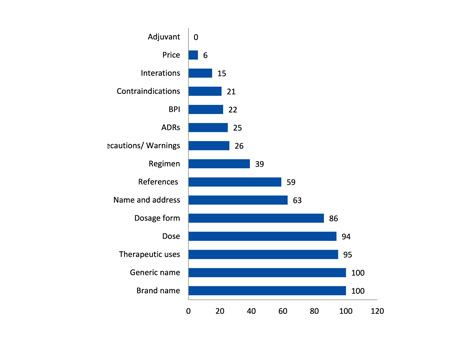 Figure 1: Drug advertisement following WHO criteria
Figure 1: Drug advertisement following WHO criteria
*Miscellaneous drugs include vaccines,autonomic drugs,
muscle relaxants, etc.
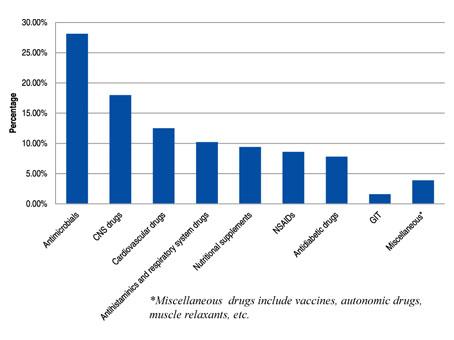 Figure 2: Type of drugs advertised
Figure 2: Type of drugs advertised 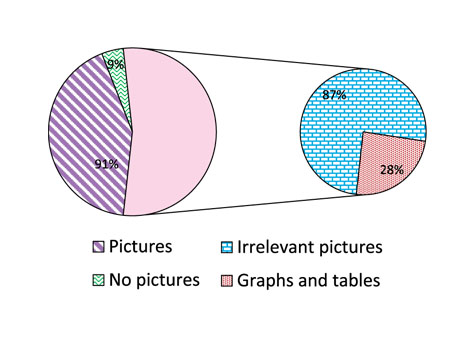 Figure 3: Pictorial content in advertisements
Figure 3: Pictorial content in advertisements
area devoted to BPI ranged from 1% to 33%, with an average of 9%. A <10% area was used for BPIs in 72% of brochures. A total of 128 drugs were covered in 100 advertisement brochures, out of which 80 (62.5%) were fixed dose combinations (FDC’s). Out of the 42 combinations being promoted, only 28 (66.7%) were FDA approved. The most extensively promoted group of drugs was found to be antimicrobials (28.1%). Others were as depicted in Figure 2.
Some scientific literature was provided in 72% of the advertisements, out of which 18% were without any reference. A total of 401 references were supplied by 59% of brochures, 369 (92%) being directly quoted from the journals.
Pictorial content was presented in 91% of advertisements (Figure 3). Their categorization is depicted in Figure 4.
Area covered under vague pictures ranged from 10-75% (average 35%), which was quite high in contrast to that of BPI (9%). 61 tables and graphs were identified, out of which, 16 (27%) were inappropriate (11 incomplete, 3 unclear and 2 without references).
A total of 615 claims were identified which were further categorized as efficacy claims 238 (39%), pharmacological claims 164 (27%), unsubstantiated claims 135 (22%) and safety claims 72 (12%). 88% of advertisements emphasized on efficacy, 80% made unsubstantiated, extravagant claims and only 42% claimed about safety. None of the claims were supported by data on Absolute Risk Reduction (ARR) or exact Number Needed to Treat (NNT). P-value was given in only 5% of them.
Among the 100 physicians who completed questionnaires, 86% were under 30 years of age. The most important promotional method for them was detailing by medical representatives followed by CME’s and drug leaflets. Their opinions regarding the information provided in drug advertisements were as given in Figure 5.
Out of the 160 points that physicians looked for in drug advertisements, most were concerning cost effectiveness (57) and adverse effect profile (50). Likewise, there was wide variability in suggestions to improve the quality of drug advertisements. From the 150 suggestions, 112 (75%) stressed on safe prescribing information in different population groups, ADRs, drug interactions, warnings and precautions in advertisements (Figure 6)
Figure 4: Type of pictorial content in advertisements
*Miscellaneous- pictures of vehicles, crowd, food items, buildings, babies, lab equipment, enlarged alphabets, etc.
**Entertaining pictures- Games, puzzles, Cartoons, Electronics, Musical instruments
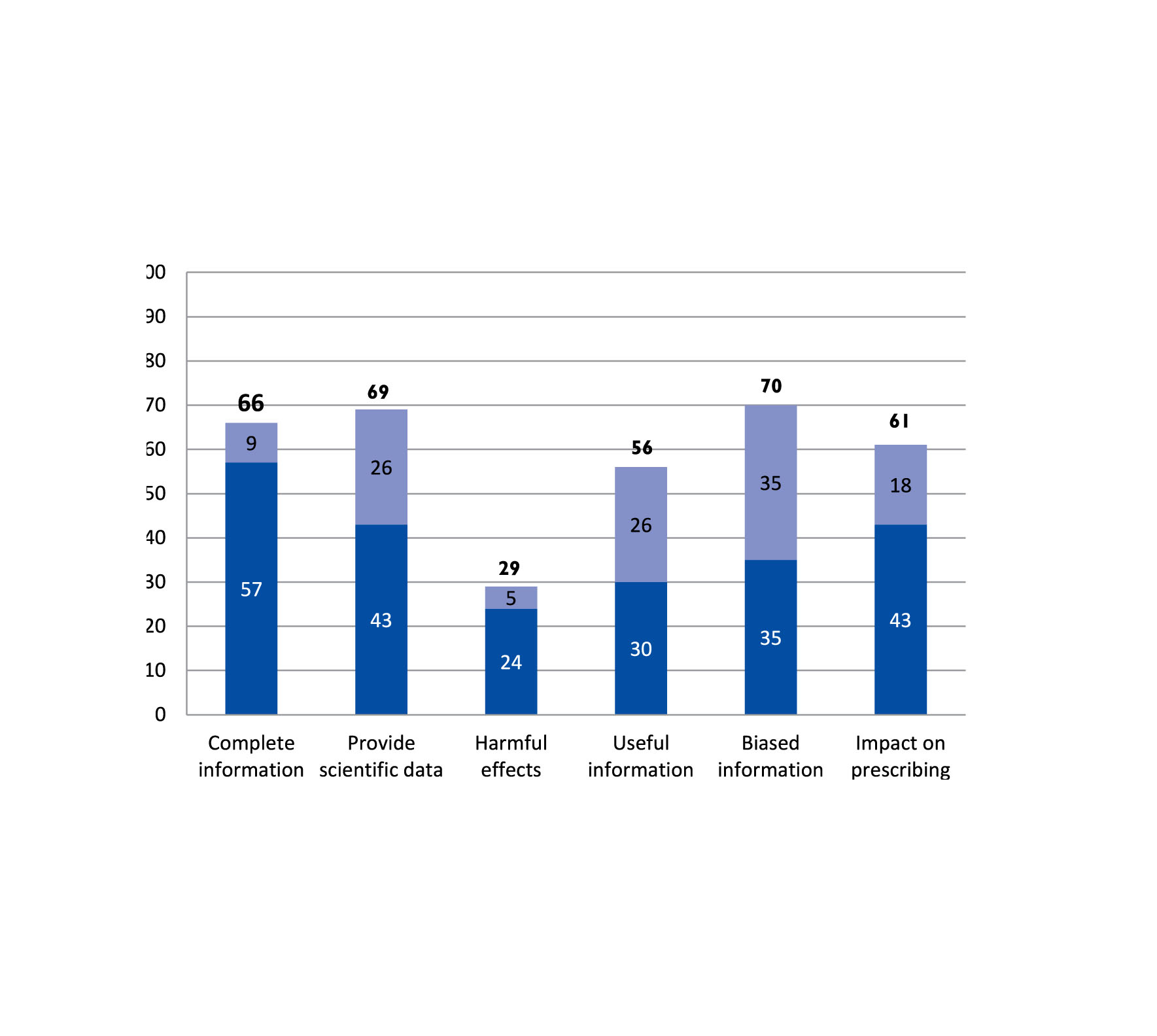 Figure 5: Physicians opinions regarding drug advertisemen
Figure 5: Physicians opinions regarding drug advertisemen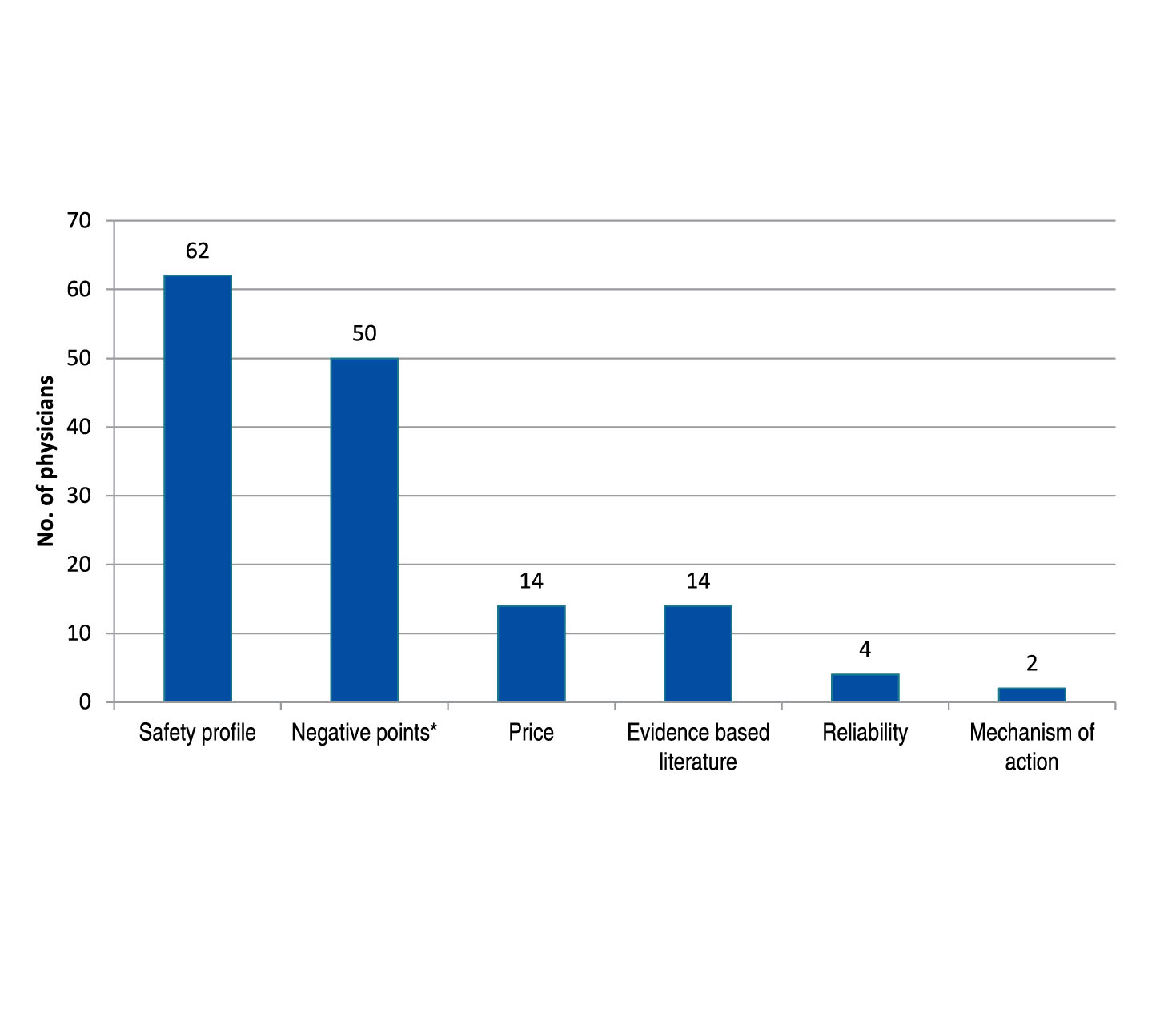 Figure 6: Mandatory considerations in drug advertisements as per physicians
Figure 6: Mandatory considerations in drug advertisements as per physicians
DISCUSSION
The results of the study indicate that the main objective of WHO ethical criteria for drug promotion to support and encourage improvement in health care through rational use of drugs is completely ignored by a high number of drug advertisements.12 A majority of the advertisement brochures were incomplete with respect to the WHO criteria and BPI, disregarding the central concept of advertising.
Antimicrobials were found to be the most extensively promoted group of drugs, which is congruent with their indiscriminate, irrational use and rising resistance patterns.13 The finding might indicate a contribution of drug advertisements in their extensive use.
Many fixed dose combinations being advertised were not approved by FDA or DCGI. This finding indicates an unethical promotion of drugs. Number of references per brochure varied anywhere from zero to 50, depicting the inconsistency of pharmaceutical companies in printing the scientific content in advertising material.
In the advertisement brochures, liberal space was used for eye-catching, therapeutically irrelevant pictures and high font-sized, bold lettered & baseless claims while compromising the space for critical information, like BPI. This finding was also observed in similar studies.9,14 Advertisements were found brimming with unsubstantiated claims and catchy slogans topped with uniqueness (‘The best drug’, ‘The original research product’, ‘No. 1 empirical choice’, ‘Ultimate power for success’, India’s No.1’ and so and so on), all without any evidence. In addition there were endless attention seekers (like games, puzzles, jokes, and horoscope) or details of some objects totally unrelated to medicine, only included to entertain physicians, distracting them completely from crucial information.
Very few advertisements gave importance to evidence based literature, which is the need of the hour. All the advertisements were lacking in useful indicators like Relative Risk (RR), Attributable Risk Ratio (ARR) and actual Number Needed to Treat (NNT). P value if given at all was not accompanied with 95% confidence interval or power of the study. This relation is more useful in assessing the strength of relationship, rather than giving a statistically significant difference alone.15
As per their responses to the questionnaires, most physicians urged for cost effectiveness and safety profile of the drug in the advertisements. Most of them suggested that drug advertisements must elucidate the negative aspects of a drug like ADRs, contraindications, interactions, precautions, warnings, etc. Others suggested that evidence based literature and reliability must be stressed upon. This shows that physicians were aware of the missing data in advertisements, but unaware of the authenticity and depth of the data displayed. When it comes to actual prescribing practice, many of them tend to ignore the biased nature and unethical background of advertisements and prescribe the advertised drugs without dubiety. This demonstrates the influence of such advertisements on prescribing behavior.
In India where prescription writing is not limited only to qualified doctors but also extends to unregistered doctors, quacks and even chemists; and at remote areas like health posts, where prescribers do not have any other access to latest information, promotional activities may play an influential role. Above all, we have industry selfregulated; self-disciplined weak guidelines for drug promotion, which are inadequate to deal with misleading advertisements. What we need is appropriate government regulations enforced with sanctions for violation, and a powerful complaint handling system so as to deter companies from misleading promotion.
Additionally, educating healthcare providers about pharmaceutical promotion may help change their attitudes and improve their skills to deal with industry products, literature and claims. Instead of being bedazzled or enchanted by the promotional literature they should be taught to be vigilant enough to scrutinize any invalid data and judge its soundness by reference retrieval. This training must be inculcated during graduation and internship period, and codes of practice regulating the contact between trainees and industry must be established.
LIMITATIONS
While this study makes an effort to analyze the influence of drug advertisements on prescribing, it doesn’t take into account the role of multiple levels of incentives offered to prescribers by the pharmaceutical companies, to endorse their brands of drugs. This is a dicey issue and warrants another separate study. Another limitation of the study is that it has a small sample size and was conducted over a short period of time.
CONCLUSION
Critical appraisal of drug advertisements demonstrates that most of the drug promotional brochures do not comply by the international or national standards of drug advertising. The drug advertisements are misleading information provided by them is incomplete, inconsistent, misleading and poorly presented, exaggerating the benefits and downplaying the risks. The survey done on physicians marks the need to incorporate evidence based literature and safety profile of drugs in the drug advertisements, and it could be concluded that these practices do have an impact on prescribing.
These findings prompt an urgent need of legislative remedies, active monitoring, quality checks and enforcement rules so that drug advertisements be accurately designed and standardized so as to display an unbiased evidence based information that enables recipients to form their own opinion of the therapeutic value of the drug. Physicians must be educated about critical appraisal of drug advertisements, which might help them discover the authentic facts about the advertised drugs and reaching at an ethical conclusion of rational prescribing.
Funding: This study received no specific grant from any funding agency in the public, commercial, or not for-profit sectors.
Conflict of interest: The authors have no conflicts of interest
to declare.
REFERENCES
- Levy R. The role and value of pharmaceutical marketing. Arch Fam Med 1994;3:327–32. [PubMed]
- Campbell S. Promotional Spending for Prescription Drugs. Available from http://www.cbo.gov/sites/default/files/cbofiles/ftpdocs/105xx/doc10522/12-02-drugpromo_brief.pdf. Accessed January 23rd, 2014.[Free full text]
- York University (2008, January 5). Big Pharma Spends More On Advertising Than Research And Development, Study Finds. ScienceDaily. Available from http://www. sciencedaily.com /releases/2008/01/080105140107.htm. Accessed January 23rd, 2014.[Free full text]
- Flangin A, Fowler MS. Can the advertisements in a reputable medical journal promote quackery? JAMA 1994;271(22):1720.
- Lexchin J. Interactions between physicians and the pharmaceutical industry: What does the literature say? Can Med Assoc J 1993;149(10):1401-7.[PubMed] [Free full text]
- Rodwin MA. Drug advertising, Continuing Medical Education, and physician prescribing: A historical review and reform proposal. J Law Med Ethics 2010;38(4):807-15.[PubMed]
- International Federation of Pharmaceutical Manufacturers Association (IFPMA). Code of pharmaceutical marketing. Available from:- http://www.ifpma.org/pdf/IFPMA-TheCode-FinalVersion-30May2006-EN.pdf. Accessed January 25th, 2014.[Free full text]
- Organization for Pharmaceutical Producers in India (OPPI) Code of pharmaceutical marketing practices. Available from: http: //www.indiaoppi.com /OPPICodeOf Marketing 202007.pdf. Accessed January 23rd, 2014.[Free full text]
- Mali SN, Dudhgaonkar S, Bachewar NP. Evaluation of rationality of promotional drug literature using World Health Organization guidelines. Indian J Pharmacol 2010;42(5):267-72.[PubMed] [Free full text]
- Prescription Drugs: Advertising, Out-of-Pocket Costs, and Patient Safety from the Perspective of Doctors and Pharmacists. The Kaiser Family Foundation 2006. Available from http://www.kff.org/kaiserpolls/pomr090706pkg.cfm. Accessed January 25th, 2014. [Free full text]
- Chew LD, O’Young TS, Hazlet TK, Bradley KA, Maynard C, Lessler DS. A physician survey of the effect of drug sample availability on physicians’ behavior. J Gen Intern Med 2000;15:478-83.[PubMed] [Free full text]
- Criteria for Medicinal Drug Promotion. Available from http://apps.who.int /medicinedocs/documents /whozip08e /whozip08e.pdf. Accessed January 25th, 2014.[Free full text]
- Antimicrobial resistance. World Health Organization. Fact Sheet No 194. Feb 2011.[Free full text]
- Lohia S. The suboptimal legibility of prescribing information in pharmaceutical advertisements. J Appl Biomater Funct Mater 2007;20(3):314-315.[PubMed] [Free full text]
- Gutknecht DR. Evidence-Based Advertising? A survey of four major journals. J Am Board Fam Pract 2001;14(3):197-200.[PubMed] [Free full text]

